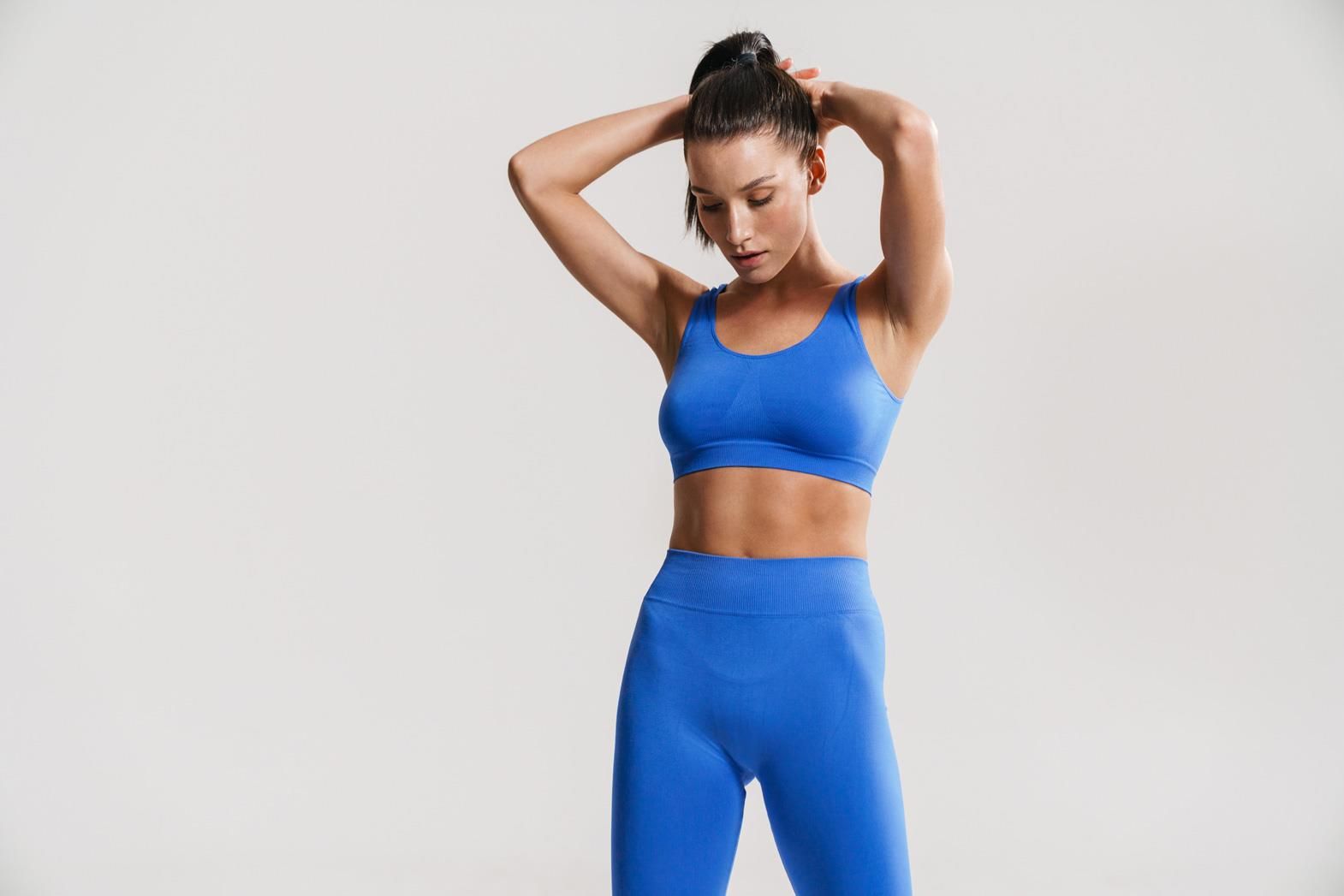Rigorous practice and intensive training helps athletes break records and accomplish their goals. Besides the arduous hard work, functional and innovative sportswear provides a competitive edge to sports persons, bringing them a step closer to their objective of winning. The sportswear industry strives to design technologically advanced and technically innovative apparels to stay ahead in the race.
Sportswear is promising to be one of the fastest growing sectors of the textile industry. The global market for sportswear is presently estimated to be $6.40 billion and is expected to grow to $7.60 billion by 2014. United States is the largest market for sportswear and is estimated to be worth $80 million. China, Japan, and Brazil remained prospective markets for the year 2012, besides US.
New and innovative fabric technologies are being used to help the wearer improve his performance. Fibers that are lightweight, soft, easy to maintain, do not shrink, and dry quickly are normally used. Polyester remains a universal favorite component of all sportswear manufacturers, owing to its high resistance to moisture and increased durability, which form the basic requirements of fabrics used in sports apparels.
A novel design for professional swimmers combines the swimsuit, cap, and the eyewear all into a single piece of outfit. The unique pattern allows the swimmer to move swiftly, with comfort and with increased hydrodynamic efficiency. The swimsuit is believed to reduce body active drag underwater by 5.2%. A three-dimensional mapping technique is used to measure the size of the head and face of the wearer, to provide maximum comfort and to achieve better performance.
Safety has been an important aspect that sportswear manufacturers always bear in mind while designing. Skiers and snowboarders require a sound protective gear while performing to prevent gruesome physical damage. Hence companies have come up with body suits that turn into airbags and protect the wearer from possible injuries.
En route are jackets that can keep the wearer warm with the help of sensors attached to the garment. The jacket automatically adjusts temperature based on the existing weather conditions. For instance, if a skier wearing the jacket is exposed to cold air, the gear keeps the body warm, consequently increasing the performance.
A revolutionary sports apparel technique wicks moisture and keeps sweat at bay. It makes use of special cooling polymers, which are visible in the fabric in the form of little blue rings. The moment these rings come in contact of sweat or moisture, they immediately swell up, causing an extended cooling sensation. This cutting edge technology will be used to make performance layers, sleeves, headwear, and shirts for men and women.
Another unique technology adopts use of intelligent textiles to help performers monitor their activities. A mini data cell is placed in a protective pocket, in the back of a sportsperson's base layer garment. A series of electrodes are woven into the fabric along with sensors. The cell transmits wireless signals and information regarding the performances of a player to a distant computer. This technology has been adopted in sportswear of football players allowing the coach to monitor each and every movement, heartbeat, and make comparisons.
An avant-garde application of technology helps in improving performance by wearing socks that can regulate temperature, increase blood flow, and even decrease injuries. These pair of socks work wonders for athletes by increasing the arterial blood flow to supply more oxygen to the body; it helps reduce the muscle stress, calf cramps and muscle pulls, enhancing the wearers performance by 5%.
Manufacturers have introduced the three dimensional measuring of body statistics using CAD to provide tailor made and better fits. Digital apparel samples are created and adjusted based on a sportsperson's virtual fit. Testing movements and performance of the sportswear is done by making the virtual model pass through a series of activities like jogging, cycling, and skating to analyze its efficiency. This has given rise to break through technologies and innovations in the field of sportswear.
The increased interest in sportswear has lead to a growing market for performance apparels. With more people pursuing an active and healthy lifestyle, and indulging in sports for adventure and recreation, the demand for sports and performance apparel is bound to grow. Performance apparels and sportswear for engaging in a sprawl of activities like swimming, hiking, skiing, snowboarding, cycling, surfing, mountaineering, and sailing are available in the market. Active sportswear for not just professionals, but also for masses is maturing rapidly.
The need to stay fit and innovations in functional microfiber fabrics are driving the expanding share of sportswear in the global textile industry.
References:
1. Just-style.com
2. Cepcompression.com
3. Business.transworld.net
4. Texprocess.messefrankfurt.com
5. Teonline.com









Comments